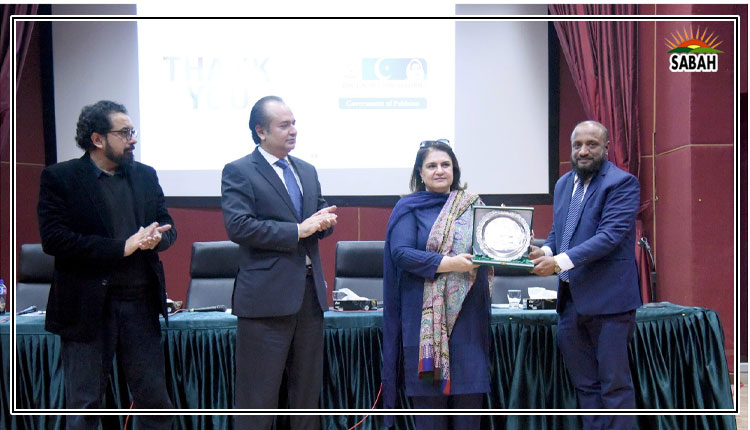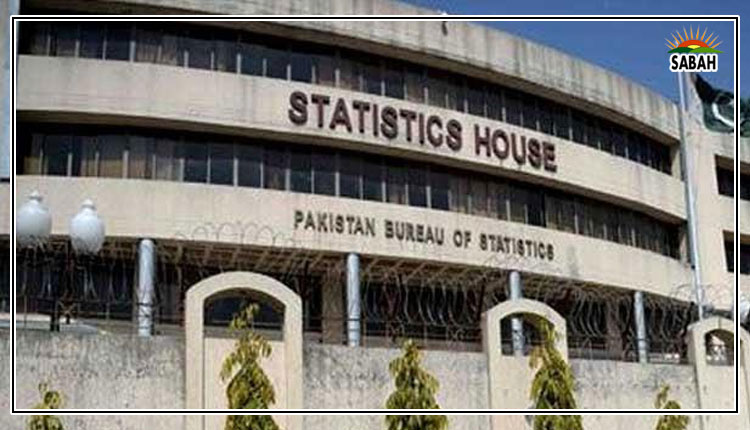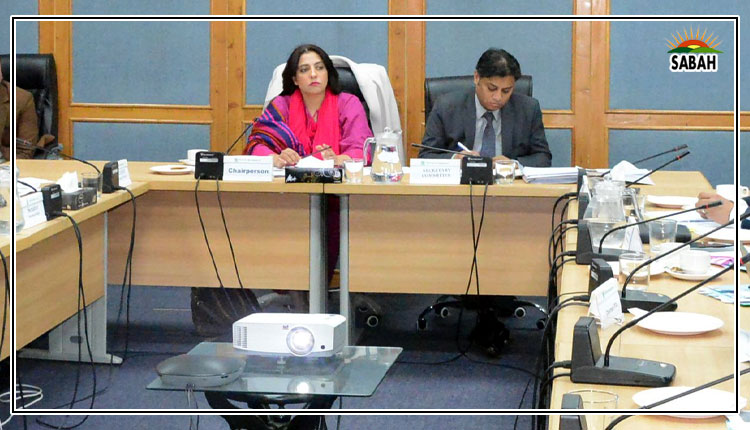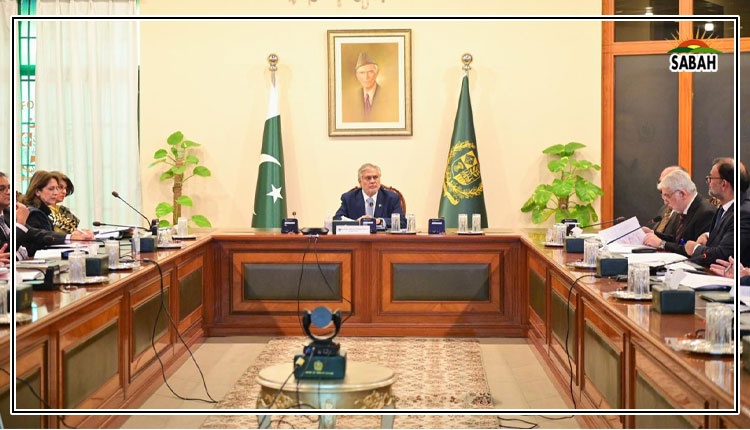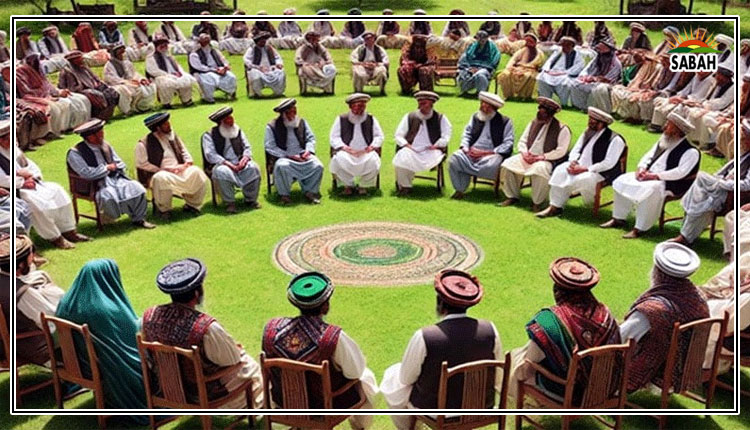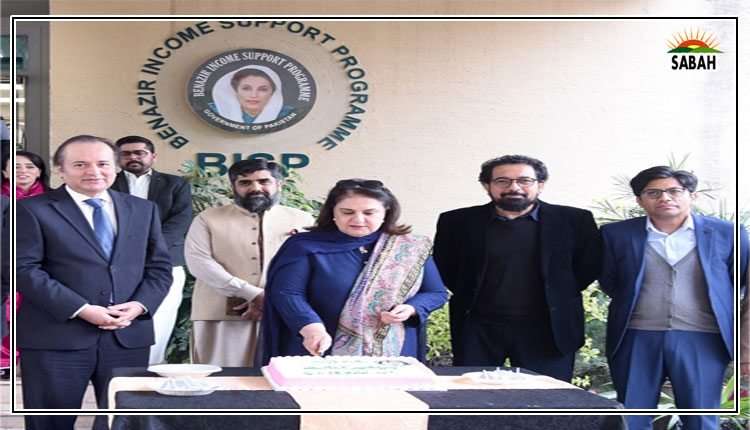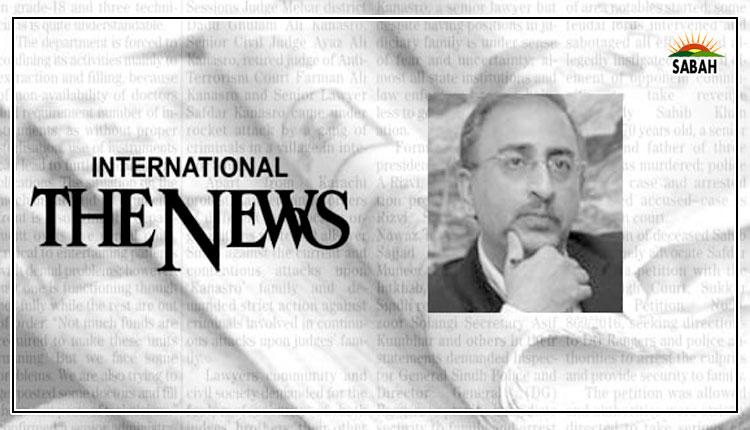Finance minister?…Dr Farrukh Saleem
The PML-Ns classic economic growth model rests on three pillars: hard infrastructure development, an overvalued rupee and domestic consumption. This model has seen mixed results across their different periods in power. The first PML-N government (1992) achieved an impressive 7.7 per cent economic growth, but the second (1997) witnessed a significant downturn to 1.0 per cent. More recently, during their 2013-2018 tenure, growth managed to stabilize around 5.0 per cent annually. For fiscal year 2022-23, GDP growth estimate was cut down to 0.29 per cent.
With a PML-N-led coalition back at the helm, two crucial questions emerge: Can the partys traditional economic model deliver in 2024? And has it prepared an alternative strategy if it doesnt?
To answer the first question, I am convinced that the PML-Ns classic economic growth model will not work in 2024. There are two reasons for that. First, with a budget deficit of Rs8.5 trillion, resources simply arent available for ambitious infrastructure development projects. Second, the State Banks meagre reserves ($8 billion, covering only six weeks of imports) severely limit support for an overvalued rupee. Thus, the core pillars of this model seem shaky in the current economic landscape.
Question: Has the PML-N led government developed an alternative economic growth strategy? Answer: I do not know. Unfortunately, theres currently no information available on whether the PML-N-led government has developed an alternative economic growth strategy. Their silence on this crucial matter raises concerns, considering the challenges the current model faces. A well-defined and publicly shared economic growth strategy is essential for ensuring transparency, fostering public trust, and paving the way for sustainable progress.
Question: Who will be the finance minister? Answer: The identity of the individual assuming the role of finance minister is of secondary importance. What matters most is whether the PML-N has a fresh economic blueprint for Pakistans future. Forget personalities – the key question is: has the PML-N finally recognized the need for a new economic paradigm? Yes, the need for a new economic growth model transcends any specific appointment. Beyond the identity of the next finance minister, wholesale deregulation emerges as a compelling strategy for navigating Pakistans current economic landscape. Beyond the identity of the next finance minister, whoever takes the helm will need to prioritize sectors brimming with growth and job creation potential, like IT, tourism, agriculture, and renewable energy. Beyond the identity of the next finance minister, he or she would have to emphasize removing regulations that stifle innovation and competition.
Clinging to a failing economic model is akin to sleepwalking off a cliff. Will the PML-N rise to the challenge and chart a new course for Pakistans economic future, or will they be remembered as the architects of stagnation? The answer lies in their actions, not their rhetoric. Pakistans economic trajectory hangs in the balance. Will the PML-N cling to the past, or will they rise to the occasion and forge a new economic paradigm? The answer remains to be seen.
Courtesy The News


